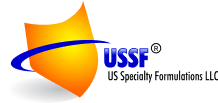The pharmaceutical formulation market is gearing up for substantial growth between 2023 and 2025. Much of this growth is due to the increased demand for advanced drug delivery systems and an increase in the number of chronic diseases. According to the Global Pharmaceutical Formulation Market Report, the sector will exceed a value of USD 600 billion by 2025 and will attain a compound annual growth rate (CAGR) of about 7.5% from 2020. This growth is substantially attributed to innovations in formulation technologies currently being developed and the ongoing shifts in pharmaceutical companies towards personalized medicine and biologics, which require specialized formulations to enhance their durability and patient compliance.
The emerging competitive landscape includes new regulatory frameworks in addition to increasing relevance of sustainability in drug development. Recent reports by the various industry analysts indicate a tendency toward more eco-friendly manufacturing processes and greener formulation materials in the current years. The trend is important for pharmaceutical formulation buyers worldwide to understand in order to come up with the best procurement practices. With the intensified competition, understanding these dynamics would be critical for stakeholders.
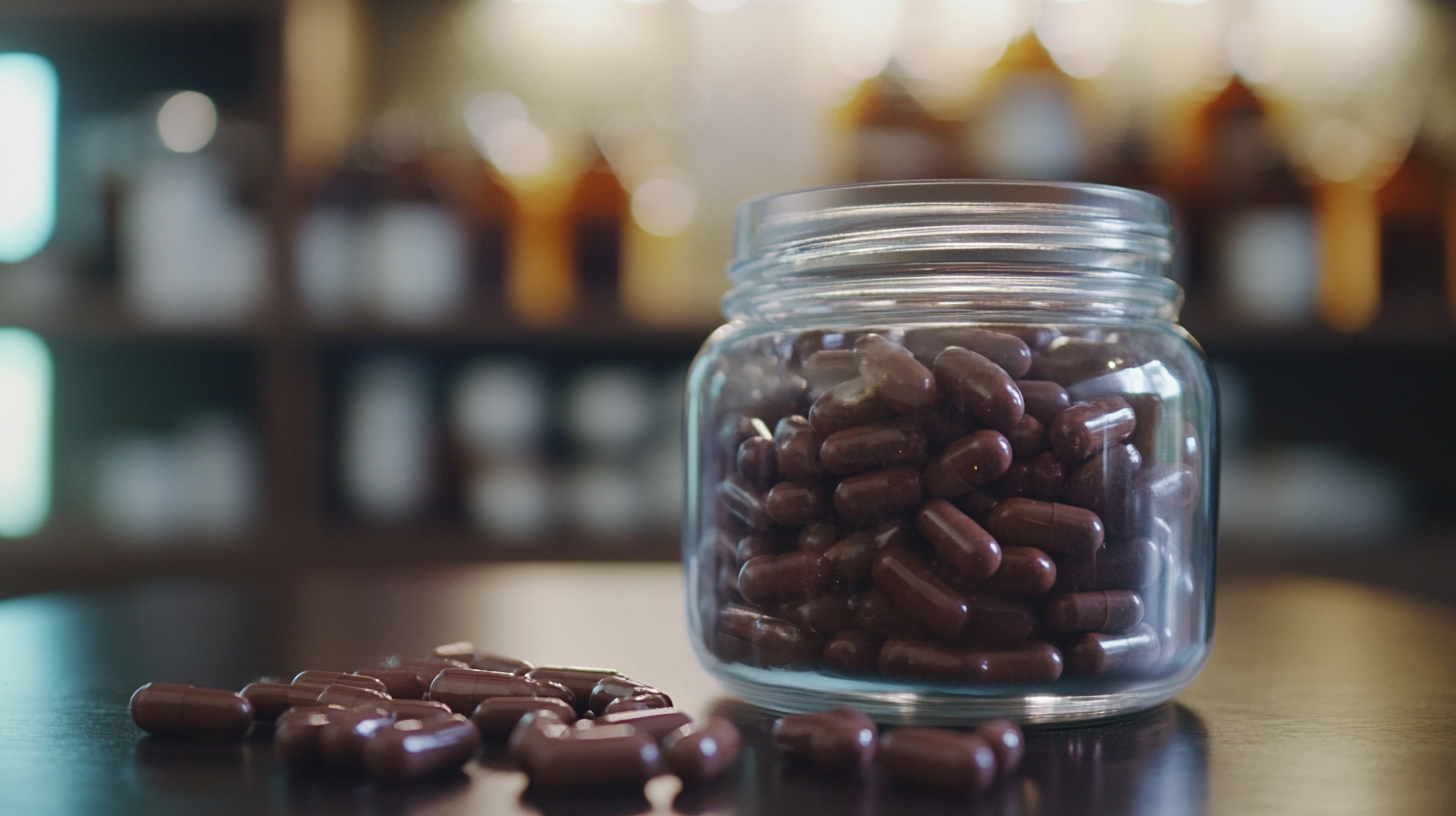
The pharmaceutical formulation market is at the brink of transformational growth near the year 2025. As stated in Research and Markets, the global pharmaceutical formulation market was valued at about USD 1,050 billion in 2020 and is expected to reach around USD 1,500 billion by 2025, growing at a CAGR of 7.5%. The boom in this market is caused by an increasing demand for advanced drug delivery systems brought about by a rising incidence of chronic diseases and personalized medicine. Some of the current features reveal that the biological and biosimilars are becoming an intrinsic part of the formulation approach. According to a report published by Grand View Research, the global biosimilar market is projected to grow at an impressive CAGR of 36.1% from 2021 to 2028, signaling an innovative stride of the industry. Alongside, these innovations present new possibilities for novel and greater effectiveness-for-patient formulation through current advances in nanotechnology and application of artificial intelligence in drug development processes. The regulatory scenario is now adapting to these innovations, initiating agencies like the FDA and EMA in introducing prompt approval systems for new formulations. These shifts further enhance speed to market and provide incentives for global buyers to invest in more diverse formulations. With an estimated 60% of drug launches being anticipated to involve complex formulations by 2025, the importance of formulation expertise and implementation of best practices cannot be emphasized enough. Therefore, stakeholders must remain in tune with these trends to take advantage of the opportunities being created in the pharmaceutical formulation sector.
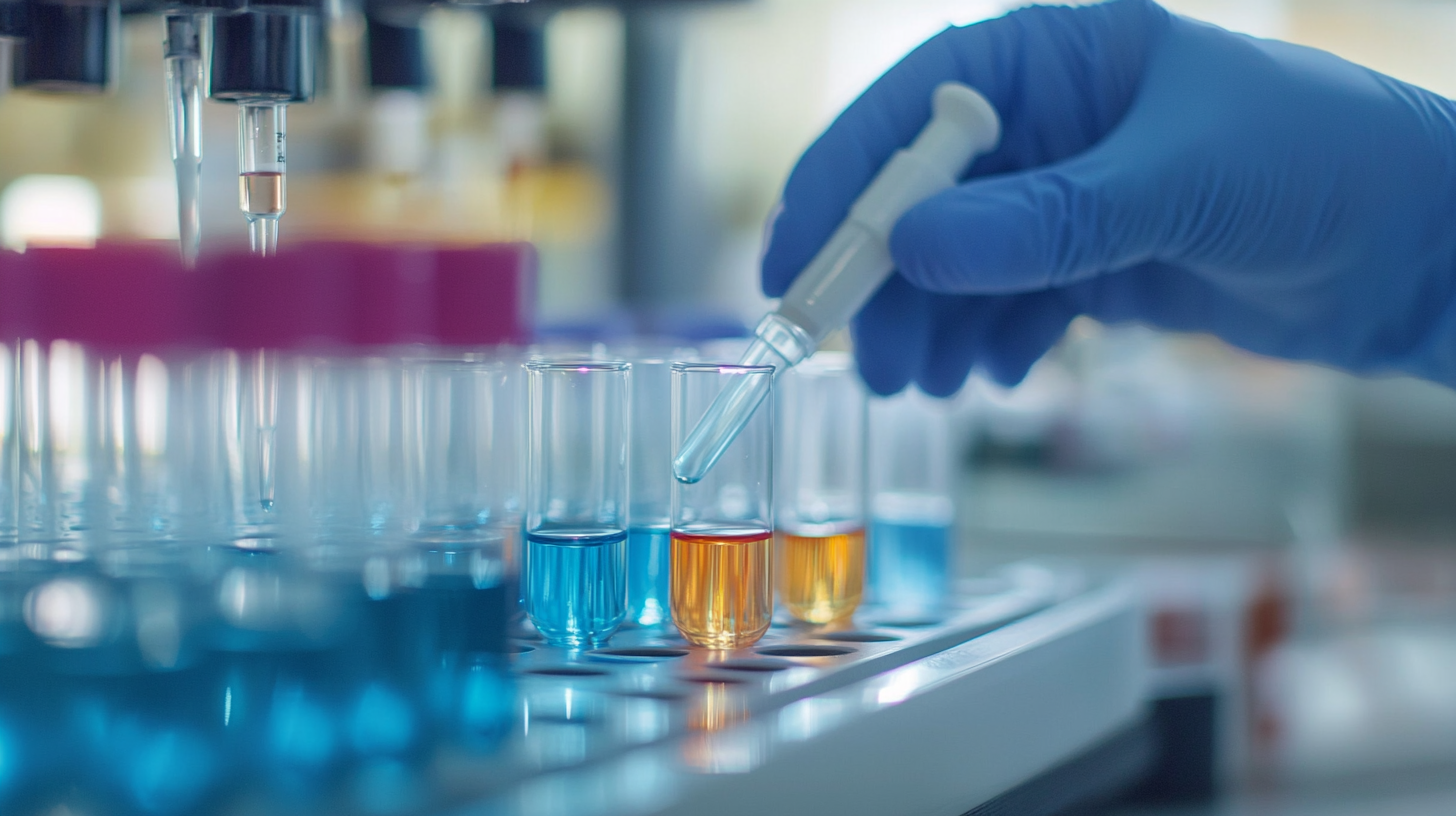
The pharmaceutical formulation industry is changing rapidly on the one hand with the advancement of technology; on the other hand, it is changing with health requirements. One of the biggest shifts has been the introduction of personalized medicine-the customizing of treatment to match an individual patient profile. A report published by Grand View Research says that, by 2026, the personalized medicine market is expected to be worth USD 3.42 trillion globally, growing at a compound annual growth rate (CAGR) of 11.6% from 2019. Impressive focalization on these aspects also indicates really advanced formulation strategies that allow beneficial delivery of personalized therapies.
Another breakthrough innovation is the advanced drug delivery systems. New formulations, such as nanosuspensions and liposomes, are improving bioavailability and providing enhanced therapeutic efficacy. As per the MarketsandMarkets research, by 2024, the global drug delivery market will bolster USD 2.3 trillion, primarily due to the growing demand for complex drugs and biologics. These innovative systems of delivery are rapidly emerging as new standards, as designed to ensure no patient receives medications failing to work specifically for the conditions.
Sustainability in pharmaceutical formulation would be yet another major area that focuses attention on. Companies are having to look more and more into greener alternatives-not only in raw materials but also in processes-as environmental concerns become heightened. Eco-friendly pharmaceuticals will contribute greatly to this market, according to a report by Research and Markets. For the future of the pharmaceutical industry, this could not be any better, as it aligns with corporate social responsibility while opening up new doors for formulation innovation.
Integrating trends into pharmaceutical formulations will revolutionize the treatment outcome dramatically and adherence for patients, setting a new milestone in the industry.
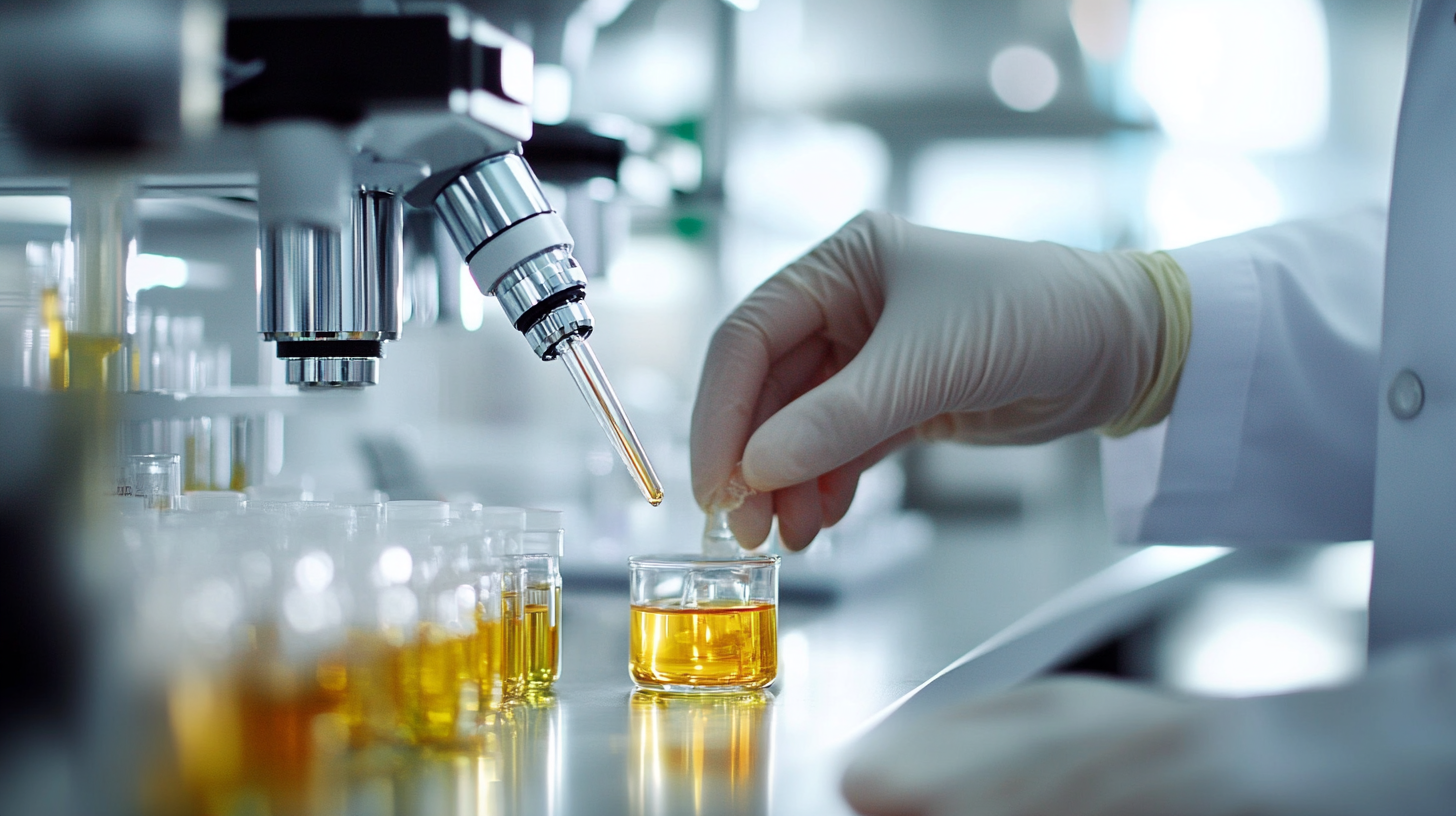
Mushrooming across the market in the near future is a category of drugs, and now global buyers find themselves looking at a complex landscape trying to navigate their way in sourcing effective and innovative drug products. Best practices provide principles for sourcing pharmaceutical formulations to guarantee quality, compliance, and competitiveness. First and foremost, buyers should try to work with suppliers having a very good understanding of the requirements needed across different regions to avoid risks due to non-compliance and at the same time improve trust and reliability in supplier relationships.
Moreover, thorough due diligence is required for assessing potential suppliers. It includes analyzing manufacturing abilities, quality control processes, and the track record of previous product deliveries within the agreed timelines. In addition, establishing clear communication channels can facilitate a smoother collaboration hence enable buy-in timely updates plus act on proactively any emerging issues. Strong partnerships will then improve sourcing strategies for global buyers and therefore, further enhance supply chain efficiency.
Another aspect would be to leverage technology and data analytics in such a way that there would be a significant advantage over the buyer concerning informed purchasing decision-making. The adoption of digital tools for monitoring market trends, supplier performance as well as innovations in formulations would ensure that buyers are in the front row for any advances in this area. This strategic approach would not only cause smoother procurement processes but greatly improve the quality and cost efficiency of the products in line with the successful launch of novel pharmaceutical formulations into the market.
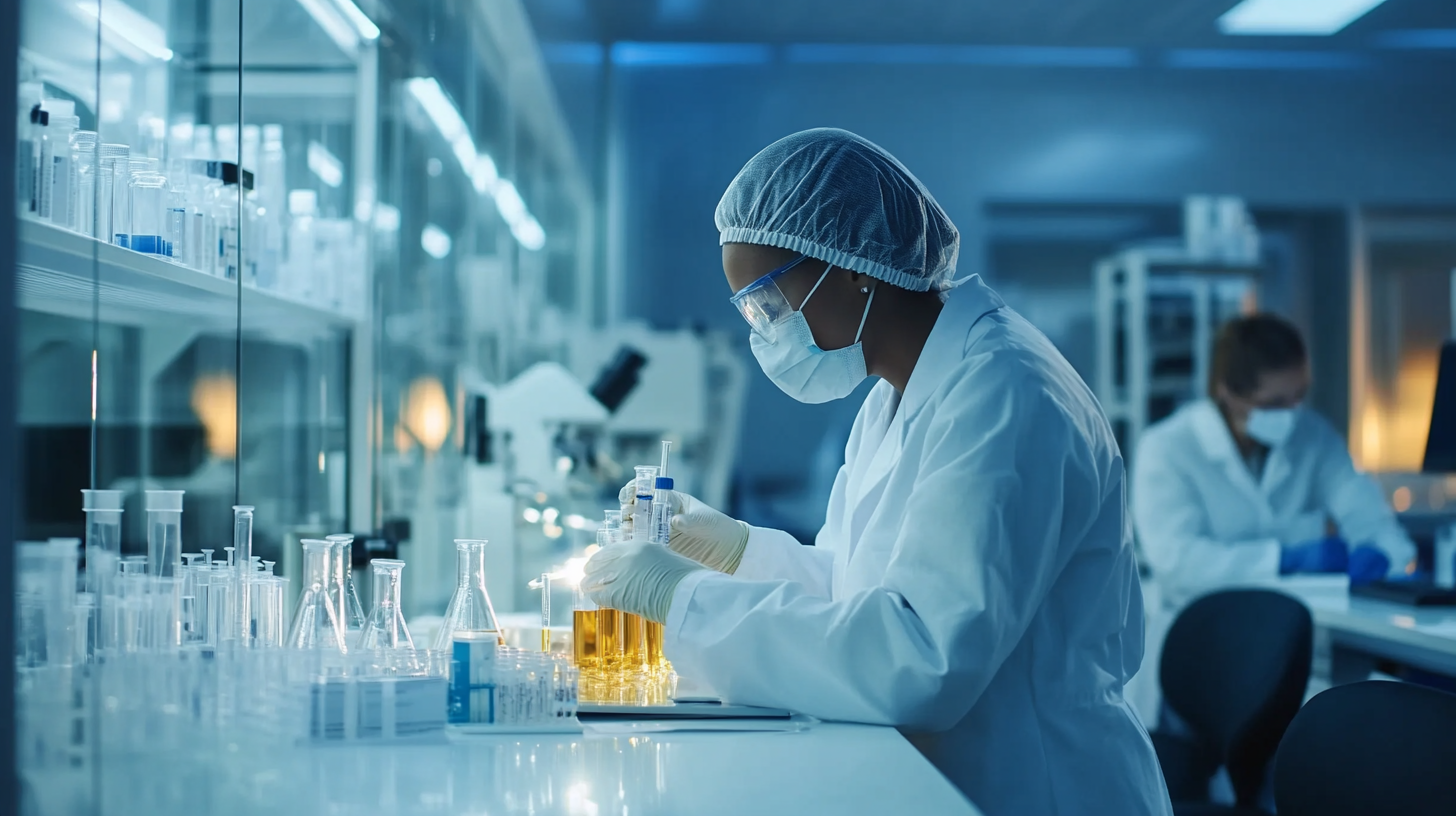
The pharmaceutical formulation sector is changing rapidly as changes in regulation take a phase up towards the projected standards by the 2025 edition of the Chinese Pharmacopoeia. These changes would enter through the new entries into the costaisages of pharmaceutical formulations, compelling manufacturers to innovate their approaches to adherence or compliance. According to a report by Global Data, a forward-looking report shows regulatory changes to result in formulating a 15% growth in the overall formulation market by 2025, as their hope becomes real for those into alignment for new expectations.
One of the most serious consequences of the new regulations will be the improved quality control. A Frost & Sullivan report states that 60% of pharma companies will invest in AI and machine learning technologies to improve their formulation processes and comply with the new requirements. This does not only improve product safety but also provides for more global trends favoring greater transparency in supply chain operations.
New standards are also likely to prove to be a challenge for several small to mid-sized enterprises that generally lack the required resources to adopt quickly. According to the IQVIA Institute for Human Data Sciences, 43% of these companies will ultimately delay product launches as rework their formulations to comply with the new criteria. These dynamics suggest an urgent need for global buyers to be mindful of regulatory trends to understand and navigate the basics of pharmaceutical formulation. With the right strategies in place, organizations can turn the new changes not only to fulfilling upcoming standards but to improving market standing.
The pharmaceutical formulation market is currently experiencing great change due to sustainability and ethical practices being adopted into processes for developing these products. In a report published by Grand View Research, it indicated that the value of the global pharmaceutical formulation was around USD 300 billion by 2022 and is expected to grow at a CAGR of 6.3% from 2023 to 2030. As awareness regarding environmental issues increases, medical practitioners would become more urging for them to adopt green practices to waste-minimize and reduce company carbon footprints.
In recent days, many businesses highlight the sustainable sourcing of their raw materials compared with the rest in favor of biobased and biodegradable alternatives. In a recently published research by Ceres, more than 70% of interviewed major pharmaceutical firms have been practicing sustainability in their strategies of operations, thus indicating a more overall industry trend towards those Responsible care initiatives as well as ethical practice in terms of supply chains. An organization that has asked for compliance with such guides is the International Society for Pharmaceutical Engineering (ISPE), which is promoting their commitment to reduced environmental footprint during the entire product lifecycle.
Now more than ever, ethical transparency is key. Buyers increasingly seek suppliers who exercise CSR in their manufacturing processes. According to Deloitte research, 79% of consumers indicated that they would change brands if it were found that such companies supported causes they cared about. This is the impetus for consumer demand towards pharmaceutical companies to change their formulation designs and make their green and responsible practices known publicly. Such emphasis that will be seen in the new development will result in long-term future growth and contribute to building confidence in global buyers.
